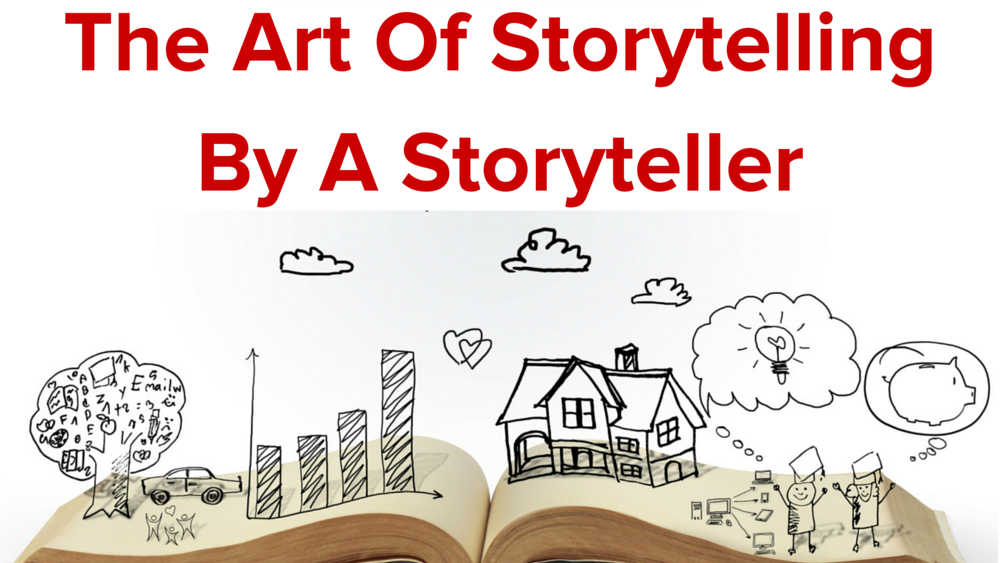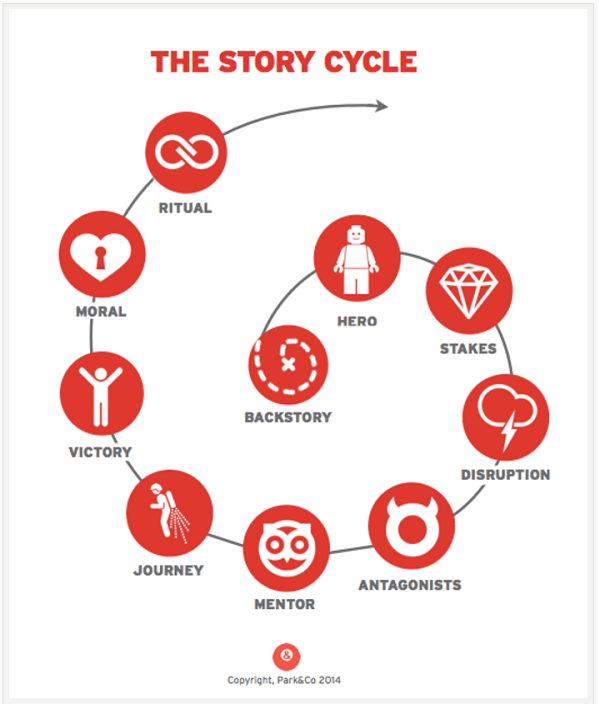In 1748, John Montagu the 4th Earl of Sandwich played a lot of cards in his free time. The problem he had, was that he wanted to snack, whilst still keeping one hand free for the cards. John came up with the idea of eating beef between slices of toast so that he could eat, and play cards at the same time. This invention was named the “Sandwich”.
Are you going to remember that story?
I shared the above with you because as soon as I read this story, I knew I would never forget it. For today’s article, I wanted to look at the art of storytelling through the eyes of someone who is an expert in this field; Park Howell. Park was interviewed by Michael Stelzner from Social Media Examiner and I want to share with you what I found most interesting about this interview.
Park Howell has been in the advertising and marketing world for 30 years, and was first inspired to bring storytelling into the world of business after reading Save the Cat! by Blake Snyder. This book, like Blake’s other screenplays ran on 15 beats to a story. Park was then introduced to the work of Joseph Campbell, and his book The Hero’s Journey. This brought to life a 17-step process for story structure.
Park soon realised that The Hero’s Journey had the same structure of a brand strategy plan he had created and decided to turn this into the Hero’s Journey to 10 steps for business and used this to guide the creation of content to tell a story that would make a difference. This was then turned into the Story Cycle, a process which can be used for any size business to perfect the art of storytelling.
Why Should You Care About Storytelling?
Park says that the brain is hardwired to constantly search for stories and that they are people’s superpowers. Whilst humans can go days without drinking, and weeks without eating we can only, on average, go 35 seconds without our brains scanning our environment, seeking meaning and explanation.
After seeing his son deal with physical challenges stemmed from encephalitis and brain surgery, Park soon realised that storytelling intersected with the neuroscience of how the brain takes in and processes a story.
Storytelling has a huge impact on people and when you will automatically filter a story through your own experience as the hippocampus (medial temporal lobe of the brain) brings up your own memories.
Telling Stories on Social Media
With the way social media has evolved over the last 7 years, telling a story that connects with your target audience on a personal level is what will help you stand out from your competitors. Park suggests (and I agree) that using visuals to share you story will increase engagement dramatically. Park says to start with a visual that tells the story, and bring it full circle with a call to action at the end.
To give an example, Park had been creating visuals for Business of Story. He would take a photograph of a unique scene, and share the experience. Park was at an airport with his son who was trying to catch a bird using a french fry (chip) in a trap made of a box, a stick and some string. To trick the bird, his son pretended to look away from the trap. Park captured this, and posted the picture with the headline “How effective is your content marketing?” and accompanied this with the logo of Business of Story.
Storytelling is a huge part of the way I start any of my seminars, or talks. Use storytelling to capture your target audience and to connect with them on a personal level.
To read the full article that inspired me to write this, click here.


